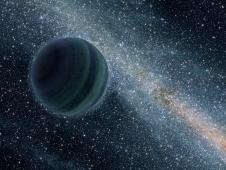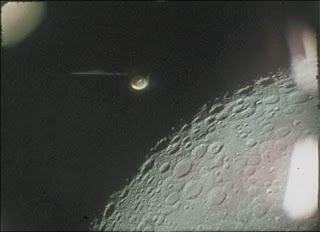 |
| From the movie «WarGames» |
The Pentagon has adopted a new strategy that categorizes the major cyber attacks as acts of war, paving the way for possible military reprisals, advanced today to The Wall Street Journal.
The newspaper said the Pentagon plans to first disclose their strategy on cyber war next month, partly as a warning to enemies who might try to sabotage the country's electricity network, systems or underground pipes.
"If you delete our mains, we might shoot a missile at your chimney, " said a military source commenting on the new strategy.
The decision to formalize the rules of cyber war comes after several major cyber attacks in recent years.
The latest happened over the weekend. Lockheed Martin, one of the world's largest companies in the defense sector, indicated that it was investigating the source of a cyberattack "significant and tongs" against its information network for a week.
The U.S. president, Barack Obama was briefed about the attack.

































